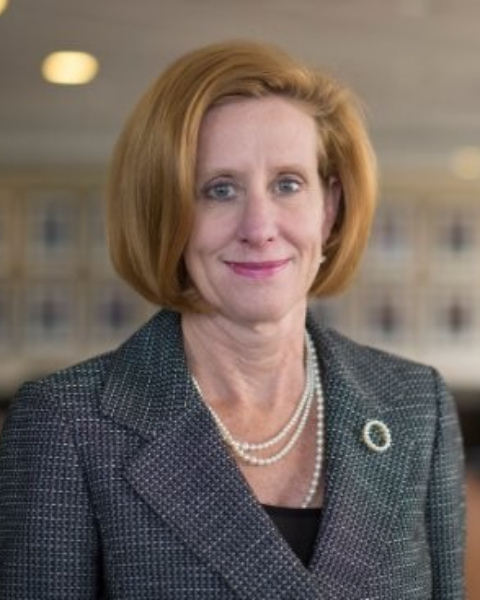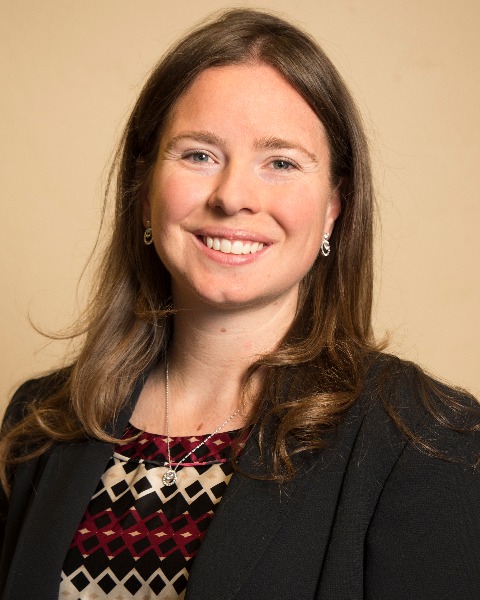Credentialing/Privileging
Creating a Virtual Hospital Telemedicine Entity and Medical Staff Office Structure to Support Credentialing By Proxy in a Large Health System
Tuesday, October 1, 2024
2:30 PM - 3:30 PM MST
Location: Mile High Ballroom 4D - 4F
CE: 1
Tomorrow's MSP® Skillsets: Relationship Building, Change Management, Performance Improvement, Medical Staff Bylaws & Policies/Procedures, Flexibility/Adaptability

Susan DuBois, CPCS, CPMSM
President
Susan DuBois Consulting, LLC
Lander, Wyoming
Holly Church, CPMSM, CPCS, FACHE, MBA-HA (she/her/hers)
Senior Director of Medical Staff Services
Intermountain Health
Frederick, Colorado
Session Description: As a result of Covid-19, hospital and health systems had to quickly create structures to support the provision of health care via telemedicine. Telemedicine continues to expand as a valid method to provide quality health care virtually. Hospitals and health systems have struggled to streamline the credentialing and privileging processes for those providing telehealth services across multiple hospitals both internally and externally. During this session, we will describe the process of creating a telehealth entity and medical staff office and structure within our virtual hospital. We will discuss the legal and regulatory hurdles and how they were overcome to create a single entity where all providers who are providing telehealth services are credentialed and privileged and how that structure serves as the proxy site for all other hospitals where they are providing telehealth services. In addition to the credentialing processes, we will discuss the standardization of medical staff bylaws and privileging along with how OPPE, FPPE and peer review are managed.
Learning Objectives:
- Attendees will be able to describe the difference between distant-site and originating-site and the related credentialing functions of each.
- Attendees will understand CMS, Joint Commission and other regulatory standards and requirements associated with telemedicine credentialing by proxy requirements and how to create a support structure to ensure compliance.
- Attendees will be able to describe contracting requirements and processes associated with telehealth credentialing and contracting to ensure compliance with legal and regulatory requirements.

